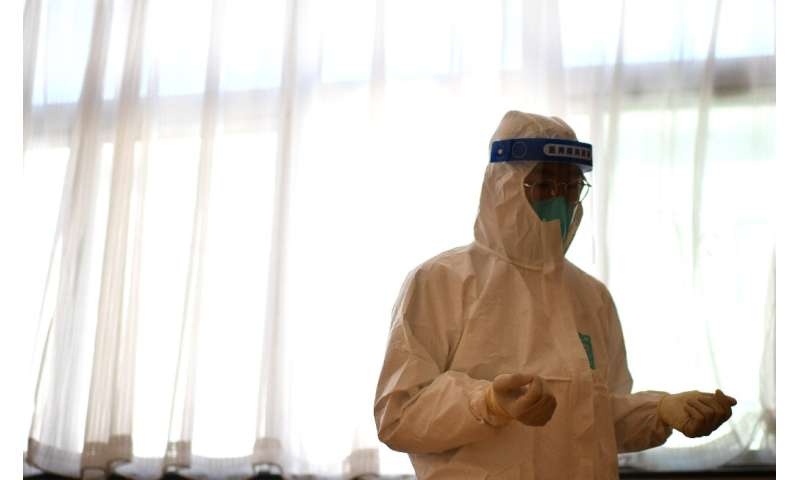More mass testing in China after 137 virus cases in Xinjiang

Chinese officials were racing Sunday to smother a fresh coronavirus outbreak in the country’s far northwest after 137 new infections were discovered.
Mass testing began Saturday evening to cover 4.75 million residents in and around Kashgar, Xinjiang province, after a 17-year-old garment factory worker tested positive for the virus.
China—where the coronavirus first emerged late last year—has largely brought domestic transmission under control through lockdowns, travel restrictions and testing, but sporadic regional outbreaks have emerged.
Beijing has lauded its rapid testing capabilities, with the Communist Party eager to project an image of victory over the virus as much of the world struggles with lockdowns and mass outbreaks.
The new cases—all asymptomatic—were linked to a factory in Shufu county where the girl and her parents worked, the Xinjiang health commission told a press briefing Sunday.
A special team from Beijing’s National Health Commission was sent to investigate the source of the outbreak and assist with preventive measures, state broadcaster CCTV reported.
As of Sunday afternoon more than 2.8 million samples had been collected in the area and the rest would be completed within two days, the city government said in a statement.
Kashgar—near the country’s borders with Pakistan, Afghanistan, Tajikistan and Kyrgyzstan—is the cultural heart of ethnic Uighurs and other Turkic Muslims, many of whom complain of long-running political and religious oppression, which the Chinese government denies.
All schools in Kashgar have been closed until October 30 and anyone leaving the city needs to show a negative nucleic acid test, the city government said.
State broadcaster CCTV showed footage of hundreds of people lining up to take nucleic acid tests outside hospitals and mobile testing centres set up across the city.
Urumqi, the capital of Xinjiang, was kept under strict lockdown for weeks after more than 900 cases were reported in mid-July.
Source: Read Full Article
